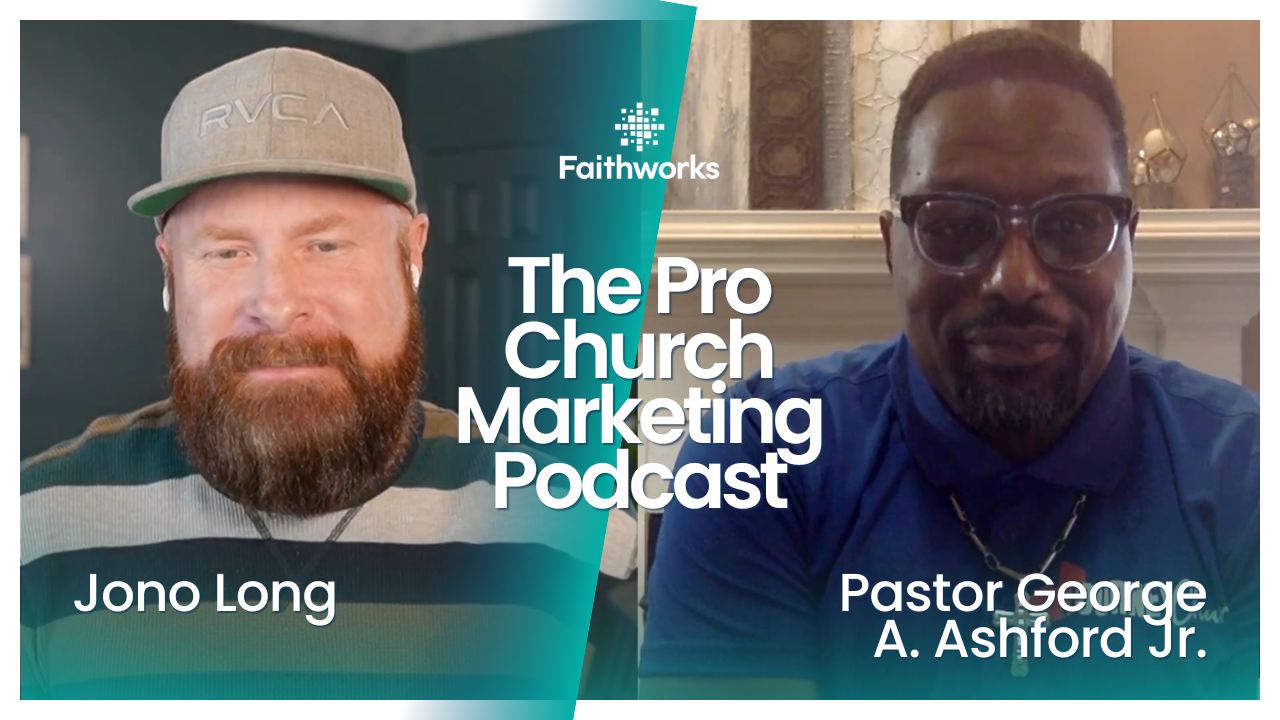The Role of Visual Content in Engaging Church Websites
Visual content plays a big role in making church websites engaging and lively. When people visit a site, their eyes are naturally drawn to pictures and videos, and these elements can make messages more powerful. Images and videos can tell a story in ways that words can't, helping visitors feel connected and inspired.
Crafting a visually appealing website is crucial for keeping visitors interested and encouraging them to explore more. By using the right visual elements, churches can not only capture attention but also convey their message effectively, fostering deeper connections with both current members and newcomers. Faithworks Marketing is here to help churches harness the power of visuals to truly engage their communities online.
Understanding the Impact of Visual Content
Visual content is essential for capturing attention on church websites. People are naturally drawn to visuals, which can quickly communicate emotions and stories. A well-placed image or a compelling video can make users pause and explore further, creating a more engaging experience. When visitors encounter a visually appealing site, they're more likely to stay longer and interact with the content.
Visuals can convey messages more effectively than text alone by stimulating emotions and understanding in ways words sometimes can't. For example, a photo of a community outreach event can instantly communicate the spirit of giving and connection. Similarly, a video highlighting a church service can provide a glimpse into the welcoming atmosphere and the vibrancy of the congregation, creating a sense of inclusion.
Different types of visual content resonate with church audiences:
- Photos: Capturing real moments, like events or gatherings, provide authenticity.
- Videos: Sharing sermons, testimonials, or community stories brings dynamic interaction.
- Infographics: Offering educational content about faith, values, or community projects.
Each visual type serves different purposes. By using these elements strategically, churches can enhance their storytelling, making their websites a dynamic extension of their community and mission.
Choosing the Right Visual Elements
Selecting the right visual elements is crucial for effectively communicating a church’s message. There are various visuals to consider, each serving unique purposes on the website:
- Photos:
Perfect for showcasing the church's activities, facilities, and community spirit. Use high-quality images to express the warmth and vibrancy of your ministry.
- Videos: Useful for engaging storytelling and deeper connection. Videos can include sermons, event recaps, or member testimonials.
- Infographics: Help break down complex information into digestible pieces. They are great for displaying statistics or outlining processes relevant to church missions.
When choosing visuals, consider a few key tips to ensure they align with your church’s mission:
1. Reflect Core Values: Choose images and videos that reflect the heart of your church and its community.
2. Authenticity Matters: Use genuine photos that capture real moments. Avoid generic stock images when possible.
3. Consistency in Style: Maintain a consistent visual style to reinforce your church's brand. This includes colors, fonts, and image styles.
Consistency in visual style and branding is vital for a cohesive look. It helps visitors immediately recognize and relate to the church through its online presence. With the right selection and use of visual elements, your website can powerfully convey your church's message, inviting more interaction and engagement.
Enhancing User Engagement Through Design
Visual content has a powerful ability to guide website visitors, increasing their engagement with your site. Strategic use of images and videos can direct attention to important areas, like service times or event registrations. By placing visuals where they naturally lead the eye, you can ensure that visitors notice the essential sections of your website.
To improve readability and user experience, consider a few design techniques:
- White Space:
Use white space around images and text to prevent the site from feeling cluttered. This space makes content easier to absorb and navigate.
- Contrast and Color: Employ colors that highlight key visual elements without overwhelming visitors. This balance helps in emphasizing calls to action.
- Typography: Choose fonts that are legible and appropriate for your church's brand, ensuring text supports rather than detracts from visuals.
Visuals also encourage interaction. Image galleries let visitors browse through moments captured in photos, providing an immersive experience. Videos, especially those with call-to-action at the end, can encourage users to further engage, guiding them to subscribe, comment, or share. By thoughtfully designing visual content, you keep visitors engaged and invite them to become active participants in your church community.
Measuring the Effectiveness of Visual Content
To understand how visual content impacts user engagement, track specific metrics. Analyze page views to see which parts of your site attract attention. Monitor the average time spent on a page; longer durations often indicate that visitors are more engaged with the visual content. Check click-through rates on videos or galleries to determine how effective your calls to action are.
Regularly analyze performance to make necessary improvements. If certain visuals consistently perform well, consider using similar styles or themes across the site. On the other hand, if certain content isn’t engaging, try alternative visuals or placements. Being flexible and open to changes can lead to a more effective strategy.
Conclusion
Visual content forms a vital component of engaging church websites, influencing how visitors perceive and interact with your community. By selecting the right visuals and designing engaging layouts, your church can tell its story compellingly. Regularly measuring and adapting these strategies ensures ongoing success.
At Faithworks Marketing, we provide expert guidance on visual content and
web design for churches. Let's work together to create a website that not only looks great but also fosters meaningful connections with everyone who visits. Reach out today to learn more about how we can help make your online presence shine!

Latest Posts



© 2025 All Rights Reserved | Faithworks Marketing








